An artistic journey through the “modern manner” of the Florentine Renaissance opens today at the Uffizi Gallery, with the inauguration of three new rooms dedicated to great masters such as Andrea del Sarto, Fra’ Bartolomeo and the circle of artists active in the first two decades of the 16th century. Located on the second floor, these rooms mark the conclusion of the Third Corridor, offering the public a new chronological and thematic view of Renaissance painting.
The new rooms house 25 works that illustrate the extraordinary creativity of a period when Florence was the epicenter of artistic innovation. Andrea del Sarto and Fra’ Bartolomeo, the protagonists of this phase, are distinguished for having contributed to the birth of the so-called “modern manner,” a mature phase of the Renaissance that went far beyond the borders of Tuscany.
The first room is devoted entirely to Fra’ Bartolomeo, an artist who represents the bridge between the culture of the late 15th century and the new currents of the 16th century. The brother-painter, influenced by the masters of his youth such as Sandro Botticelli and Perugino, was able to fuse these inspirations with Leonardo da Vinci’s research on light and the movement of the soul, creating works of great spiritual depth and expressive intensity.
Standing out in the center of the room is The Vision of St. Bernard, a masterpiece by Fra Bartolomeo created in the early 16th century. The painting ideally dialogues with the Visitation (1503) by Mariotto Albertinelli, positioned opposite. Albertinelli, a longtime colleague and friend of Fra Bartolomeo, shared with him the style characterized by solemnity and simplicity, with wide landscapes and harmonious compositions. This visual dialogue between the two works allows the visitor to better understand Florentine artistic evolution in that crucial historical period.
The second room is a tribute to Andrea del Sarto, the greatest protagonist of the Florentine art scene in the following decades. His monumental works, originally intended for altars in churches and confraternities, are brought together here to offer a comprehensive look at his artistic production. Among the most significant works is the famous Madonna of the Harpies, dated 1517. This painting, placed in the center of the room, is an example of formal and chromatic perfection, a symbol of the stylistic balance achieved by the artist in his full maturity. The work, from the church of San Francesco dei Macci, clearly illustrates why Giorgio Vasari, in his Lives, had called him the “painter without errors.” Andrea del Sarto, in fact, was an indispensable point of reference for generations of Florentine artists until the 17th century.
The last room, which closes the Third Corridor, represents the variety and liveliness of the early 16th-century Florentine artistic scene. Here one can admire works by artists such as Franciabigio, a friend and collaborator of Andrea del Sarto. The two artists worked together on several occasions, such as for the frescoes in the Chiostrino dei Voti at Santissima Annunziata and those in the Chiostro dello Scalzo. Franciabigio is distinguished by a more intimist and everyday sensibility, as shown in his 1516 San Giobbe Altarpiece, exhibited after a six-year absence.
Alongside Franciabigio’s works, the room offers a wide selection of paintings by artists who frequented Florence during that period, such as the Spaniard Alonso Berruguete, who arrived in Italy around 1508 to study the works of Michelangelo and Raphael, and the Sienese Domenico Beccafumi, known for his innovative use of color. It is also possible to admire works by Domenico Puligo, another leading representative of the artistic circle of the time.
Among the most notable new features of the new exhibition is the reunion of four panels from the Camera Borgherini, a pictorial cycle designed to decorate a master bedroom in the palace of the Borgherini, a family of powerful Florentine bankers. This artistic project, created by Andrea del Sarto, Pontormo, Francesco Granacci and others, included a series of paintings that decorated furniture and walls, creating a unique decorative complex.
Of the original fifteen panels, a few survive today, distributed among several institutions, including the National Gallery in London, the Galleria Borghese in Rome, the Uffizi and the Galleria Palatina. The decision to bring together the paintings preserved at the Uffizi and the Palatina offers the public a valuable opportunity to appreciate, if only in part, the unity of the original project, highlighting the importance of this cycle in Florentine painting of the time.
“These three new rooms,” says Uffizi Director Simone Verde, “allow us to contextualize the Leonardo, Michelangelo and Raphael rooms on the second floor of the Gallery, reconstructing the richness and vibrancy of Florentine painting in the first two decades of the 16th century, to show plastically how much the lofty example of da Vinci, Buonarroti and Sanzio inspired and guided Tuscan artists in their creative and stylistic exercise at the dawn of the 16th century. Those exhibited in the spaces inaugurated today are all true masters, capable of expressing, each according to his or her own personality, a pictorial ingenuity that was most remarkable, as well as of fundamental importance for the history of art.”
“In this display,” explains Anna Bisceglia, curator of 16th-century painting at the Uffizi, “we intended to restore, in a single glance, and in an organic sequence, what numerical and qualitative richness Florence knew how to express through the many artists who moved in that twenty-year period that was so extraordinary on the artistic front. We have explained how, in the very early years of the century, Fra Bartolomeo was able to give a more monumental and classical dimension to the earlier tradition, and how Andrea del Sarto took that example and that of Michelangelo, Raphael and Leonardo for his perfect and balanced painting, such that Vasari called him ’the painter without errors.’ And, alongside them, there were other no less important painters who knew how to exploit the lesson and examples of Michelangelo and Raphael each proposing a personal vision in the representation of the human figure, emotions, the sacred, or ancient stories.”
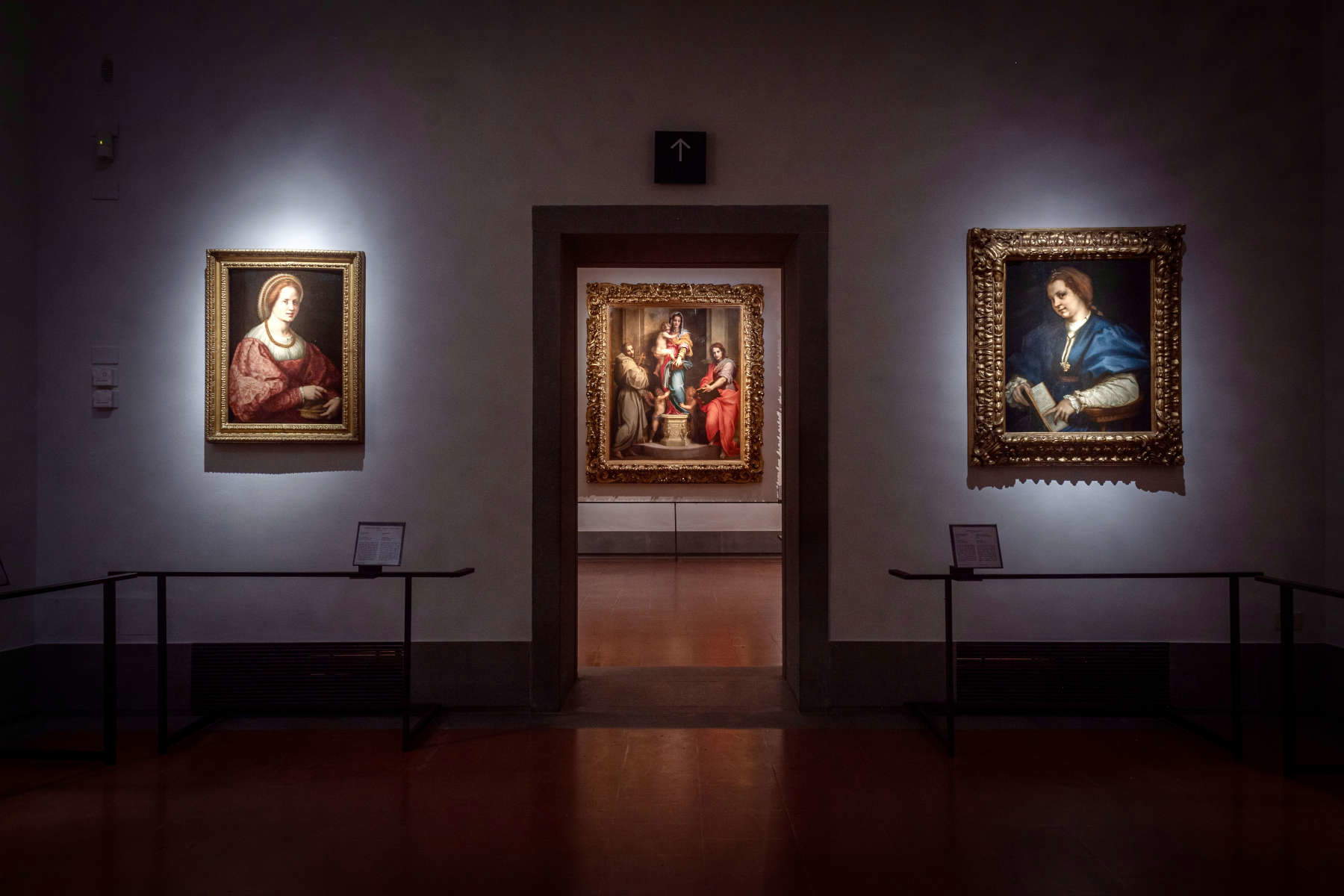
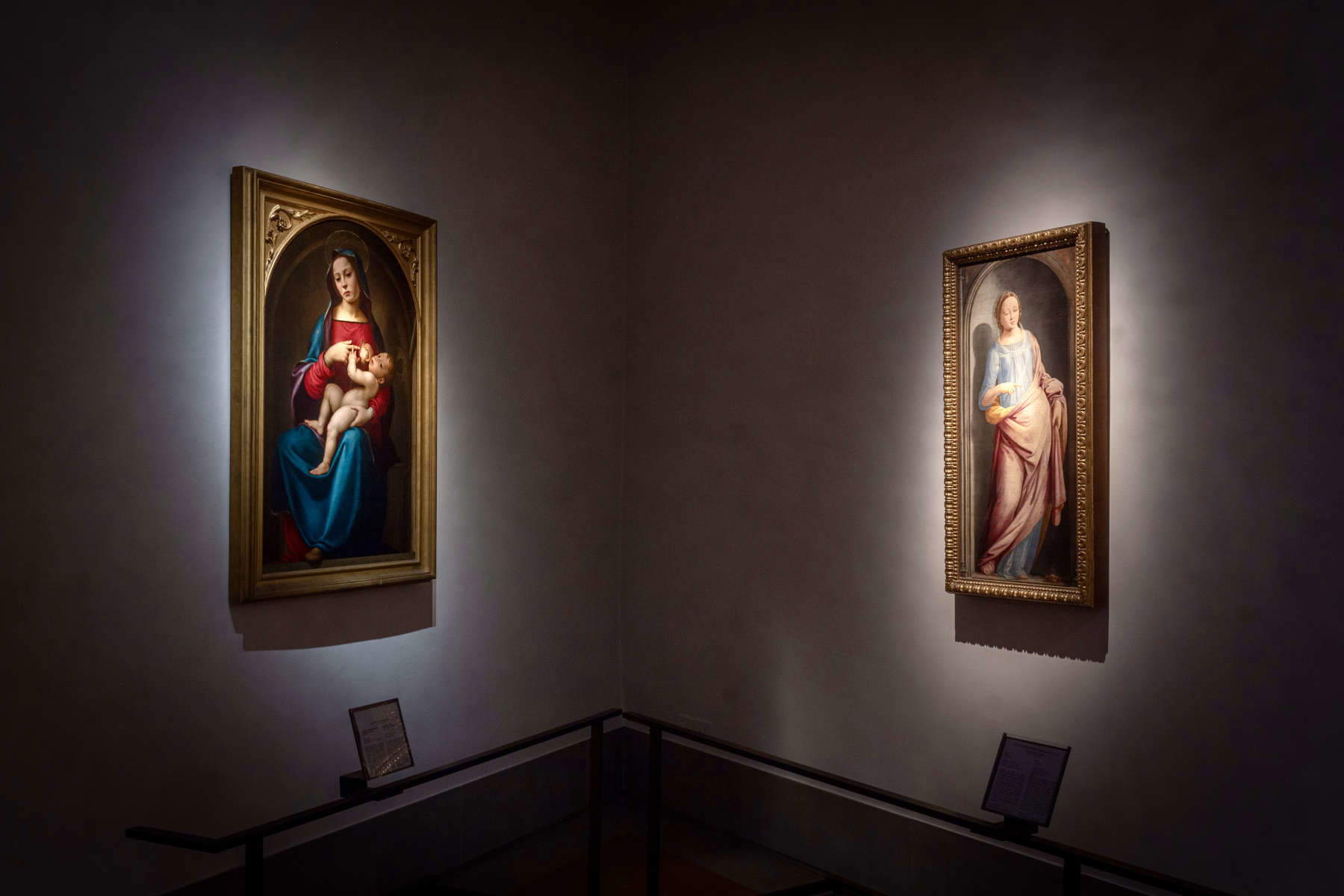
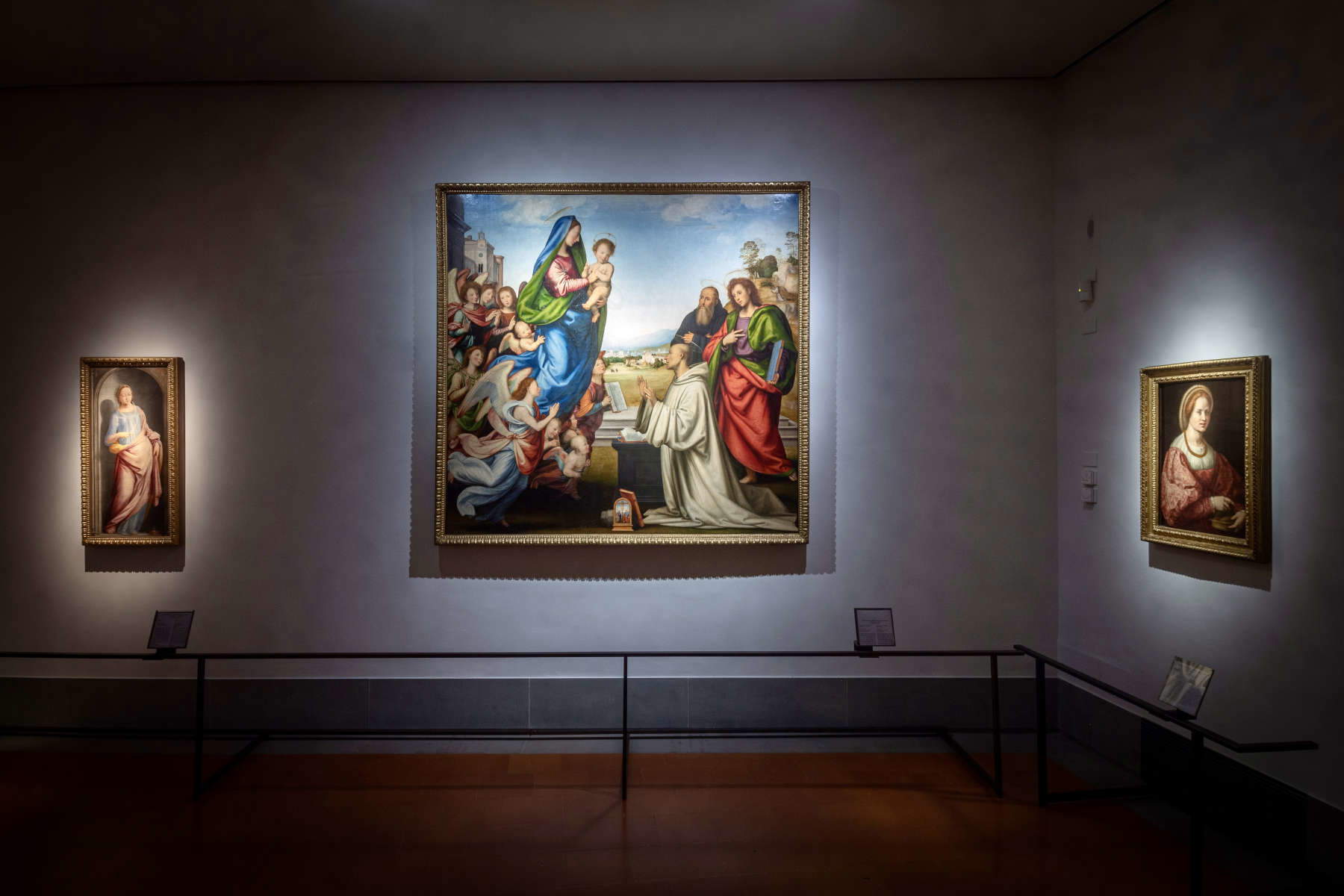
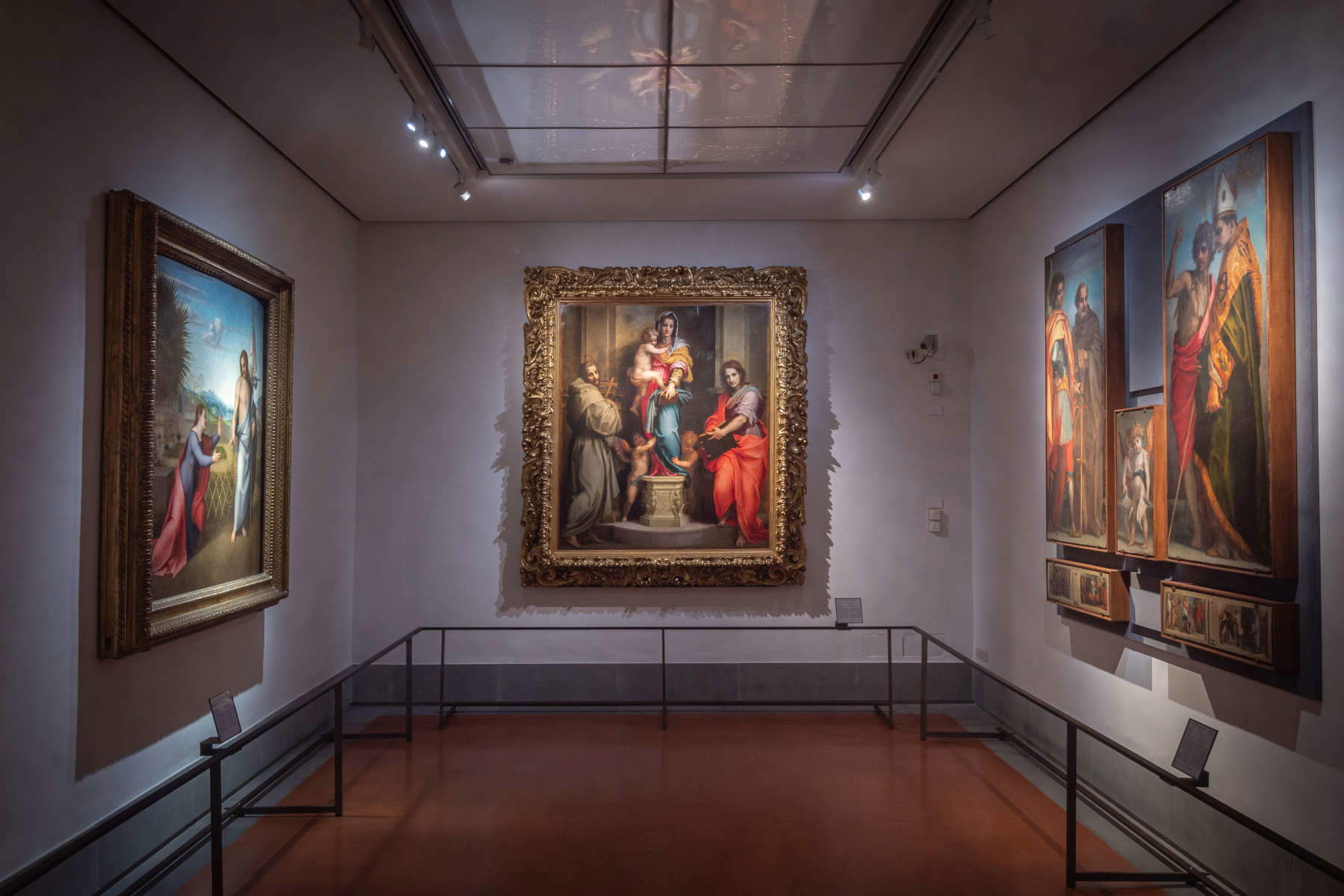
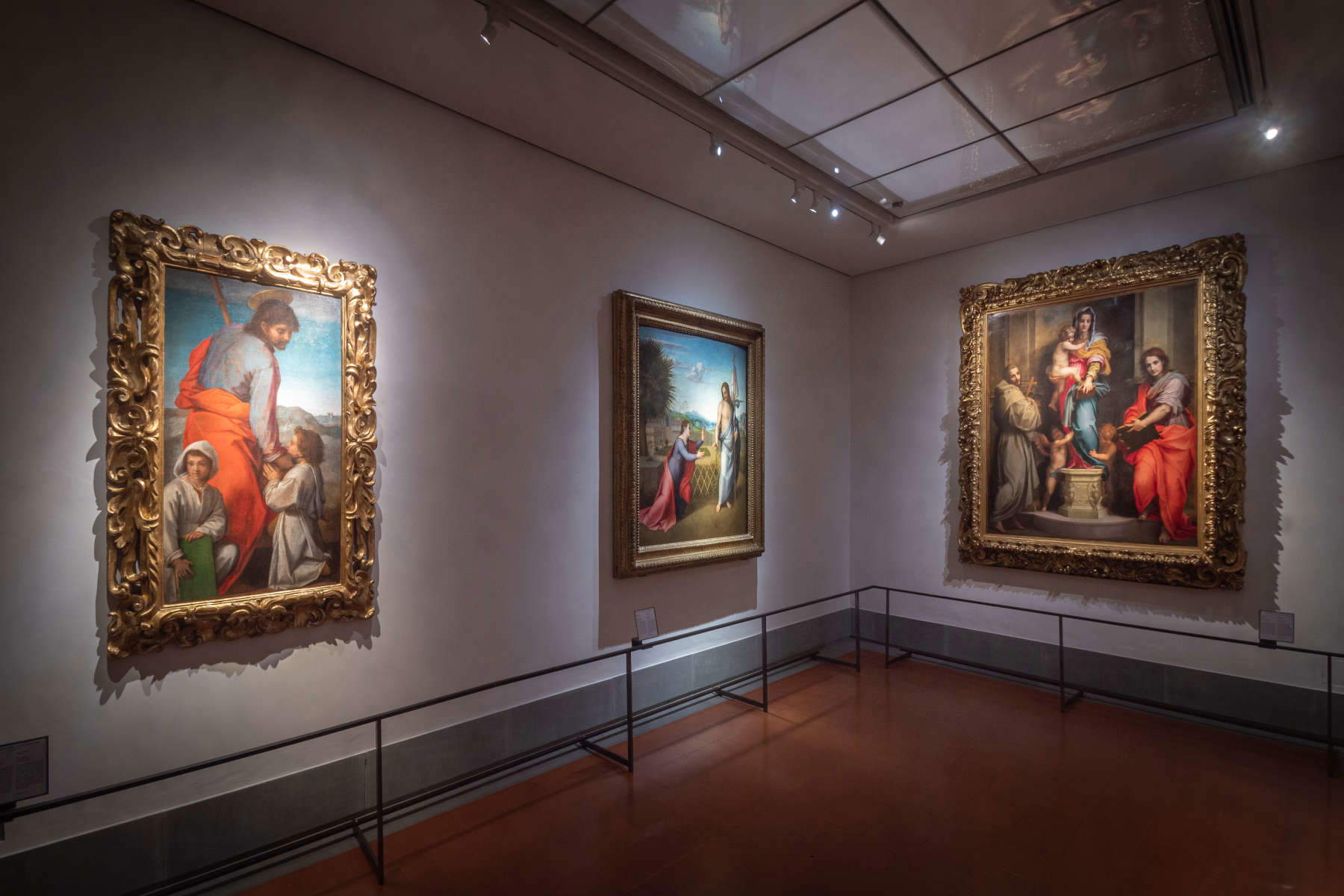
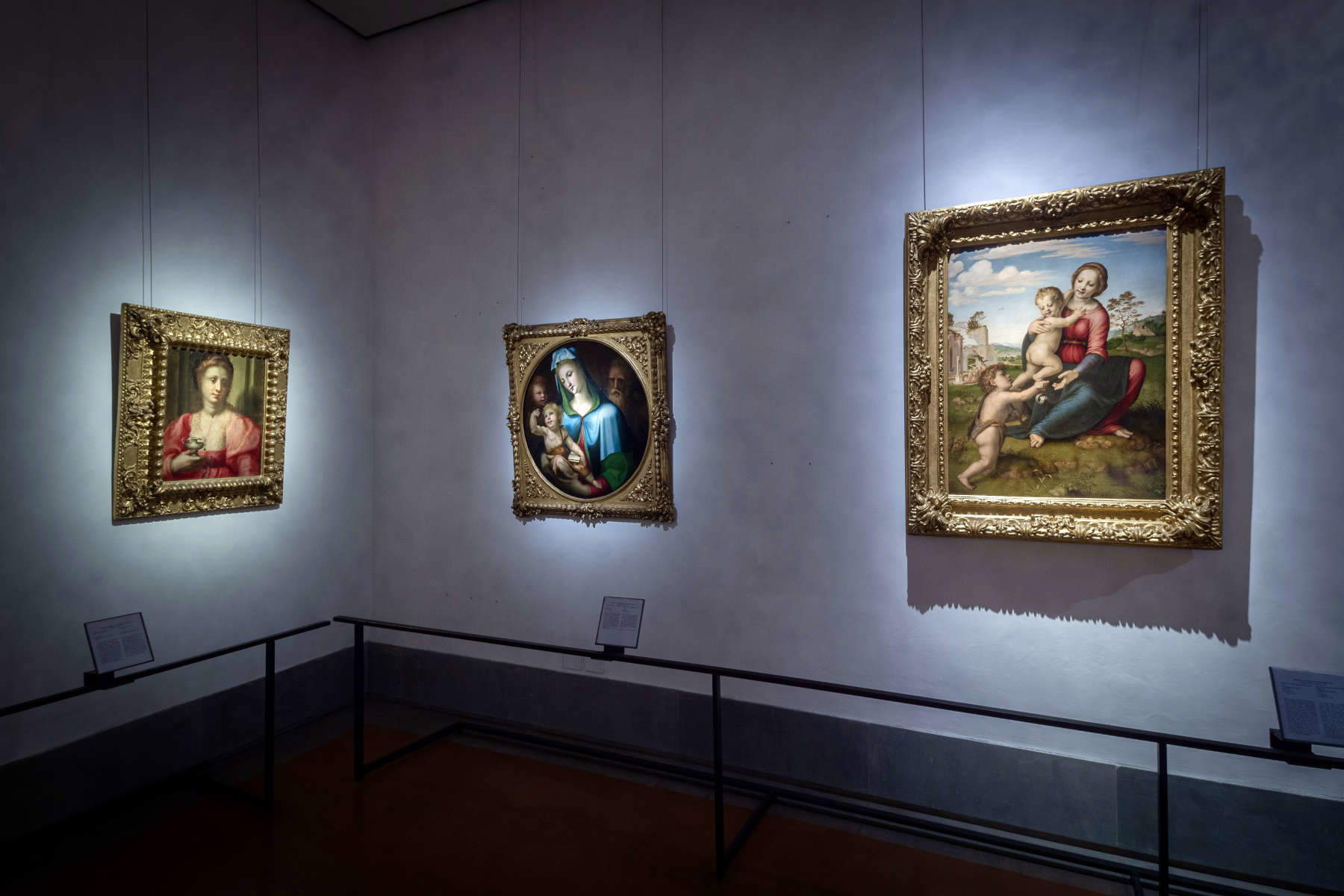
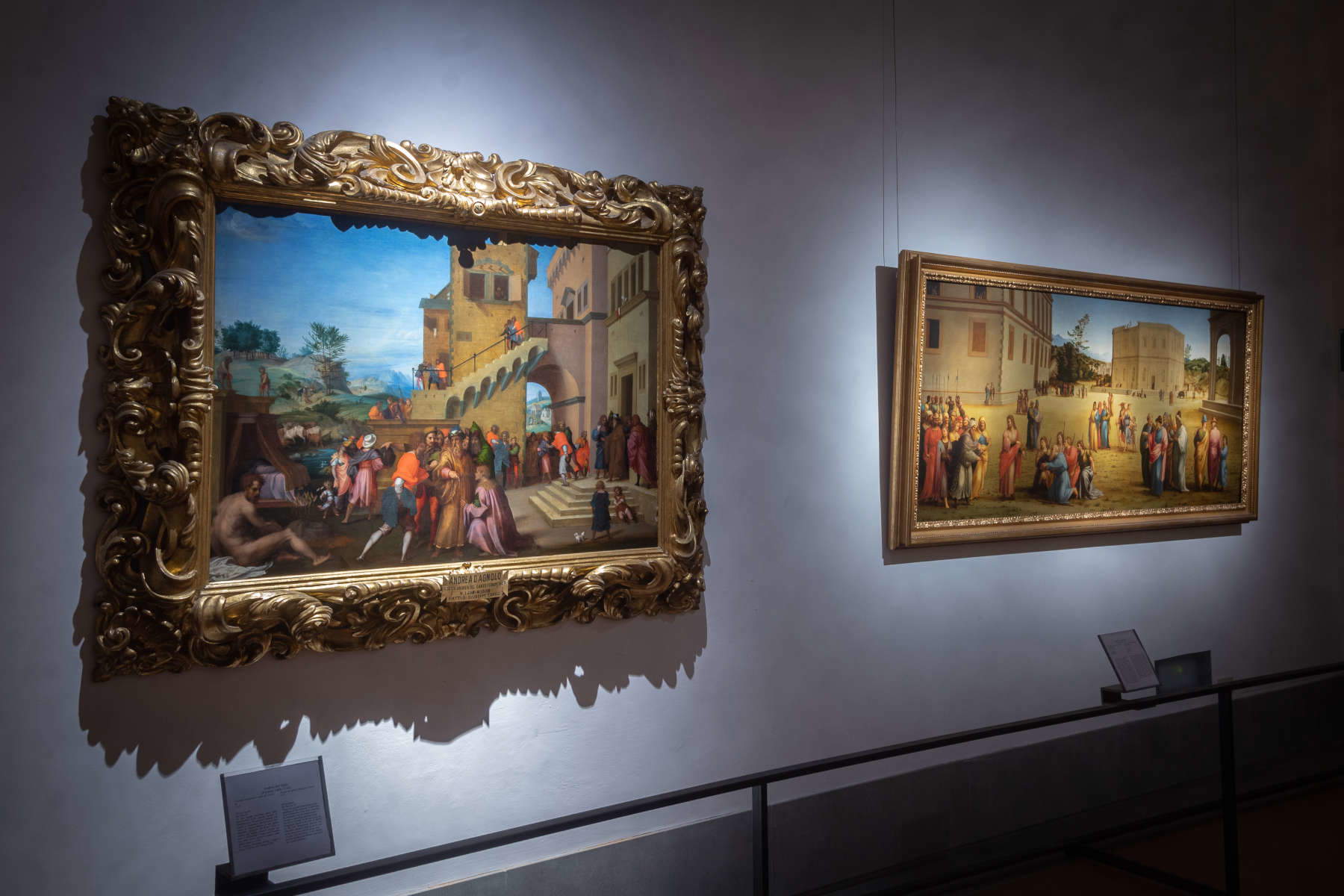
 |
| Uffizi opens three new rooms dedicated to masterpieces by Andrea del Sarto and Fra Bartolomeo |
Warning: the translation into English of the original Italian article was created using automatic tools. We undertake to review all articles, but we do not guarantee the total absence of inaccuracies in the translation due to the program. You can find the original by clicking on the ITA button. If you find any mistake,please contact us.